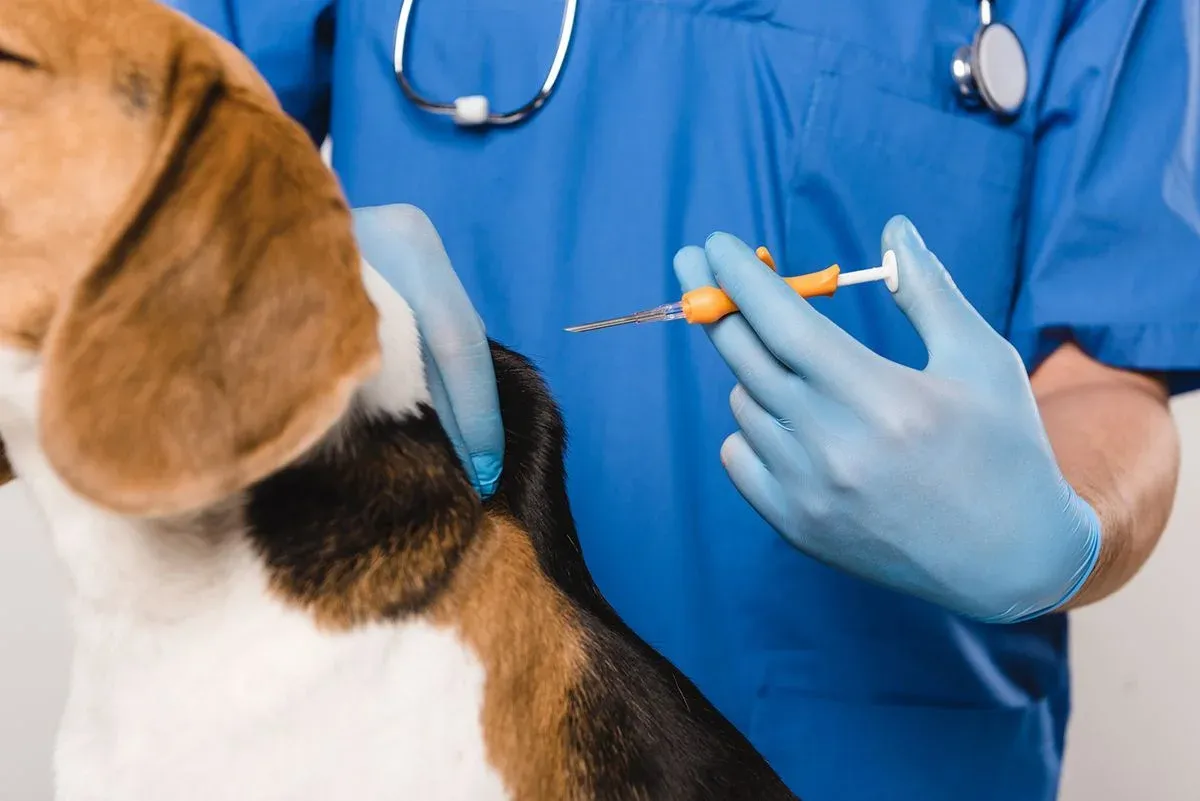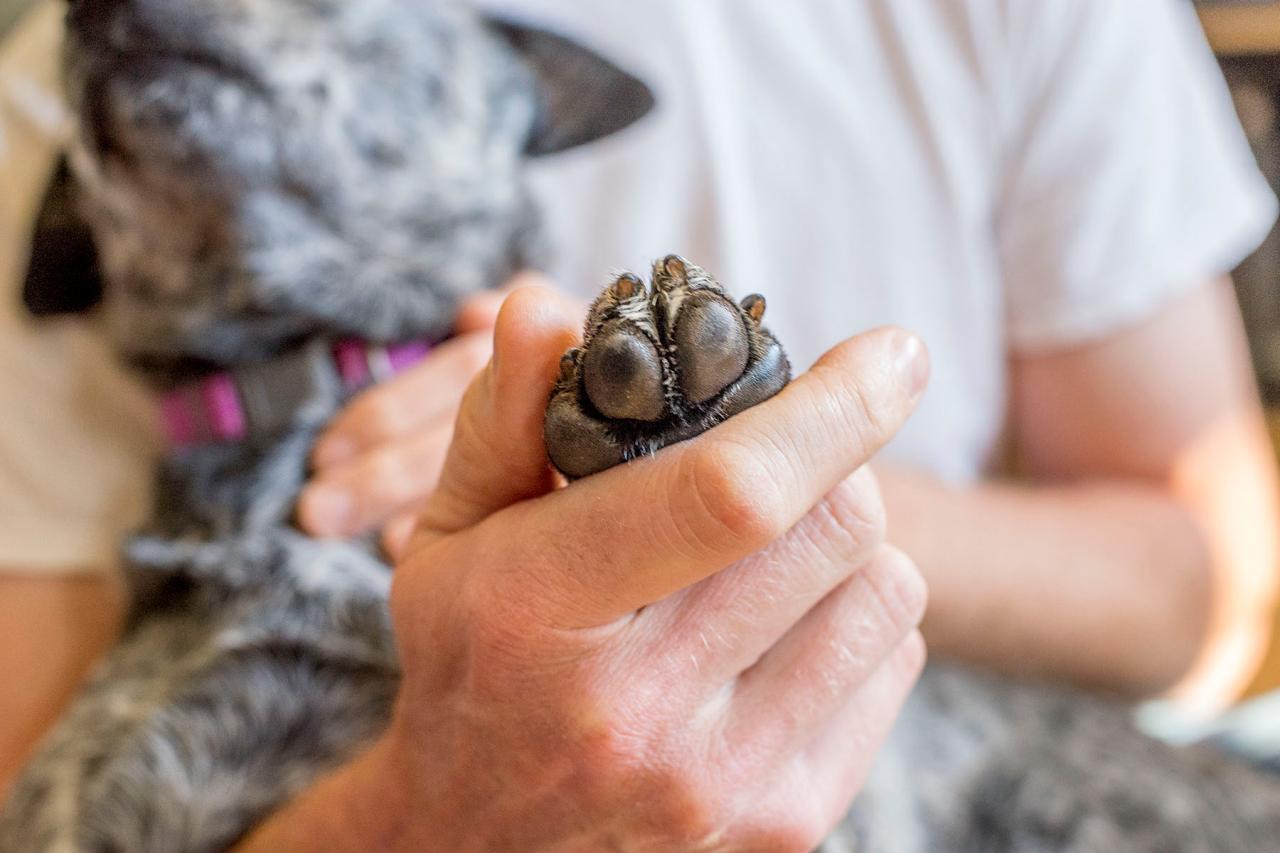When it comes to our pets, few things cause us more concern and anxiety than when one is lost or missing. Of course, we are concerned that our missing pet may be attacked by a larger dog or predator (like a coyote!), hit by a car, or, if without any identification, taken by someone else thinking the pet is a stray.
Though the most common form of identification is an external I.D. tag, these can easily fall off or be removed (or as Murphy’s law dictates, your pet is going to take off the one time you removed its collar!). So, you need to rely on a backup—a permanent one—a microchip! If your dog goes missing without a collar on, the microchip could likely save his life.
Microchips can turn tragedy into triumph by providing a permanent positive identification. They have been available as an identification tool since the mid 1980’s, and I have promoted them as a necessity since 1987. All 10 of my pets are microchipped, even my 6 indoor-only cats, because I truly believe that this is the greatest technology for identifying and recovering pets that have wandered off or have even been pet-napped; a crime which is not uncommon today.

Tattoos have long been used for identification, but they often fade, and, in general, have fallen out of favor as a routine procedure. In contrast, implanted microchips cannot be tampered with, they are practically 100% reliable as they can never fade or wear out, and provide accurate identification with a quick scan. The humane society, local animal shelters, or any veterinarian can scan an animal, most often free of charge, to find an identifying chip.
It is important to note that the United States has joined the rest of the world by providing “ISO” standard chips—chips that are used all over the world. These chips run on a slightly different frequency than those that preceded them—so check with your veterinarian to make sure your chip will comply, especially if you are planning to travel outside of the U.S. with your pet. Most importantly, if a shelter or humane society identifies a microchip in a found pet, that pet will not be euthanized! Microchips can be life savers.
The microchip is very tiny, about the size of a grain of rice, and lasts the lifetime of your pet. The chip's memory circuit contains a unique, pre-programmed identification number which can be easily read by the scanner and is then checked against a central data bank where the pet's ownership records are kept.
Although microchipping is relatively inexpensive (usually anywhere from $35 to $75), it’s often a hassle to keep them updated, and registration isn’t always free. Luckily, Fi launched Fi Nano to make microchips accessible to all and a breeze to keep updated -- you can do it from your phone! They’ve even donated thousands of microchips to rescues and shelters.
Implantation is usually done by your veterinarian or a qualified, trained, animal health technician, and takes less than a minute. In most cases, animals are unaware that anything has even been injected, that’s how painless it is! It’s never too late to microchip your pet, they can be implanted at any age, although usually done with one of the vaccine series in pups, or certainly when spayed or neutered.
For the best protection, I recommend ensuring your dog has:
- A Fi Collar, so the recovery of your pet is in your hands, not the hands of a stranger
- An I.D. tag as a form of external identification
- A microchip as a form of permanent internal I.D.
Speak to your veterinarian for more information on microchipping, to help you achieve some peace of mind, and avert the tragedy of a missing pet.






